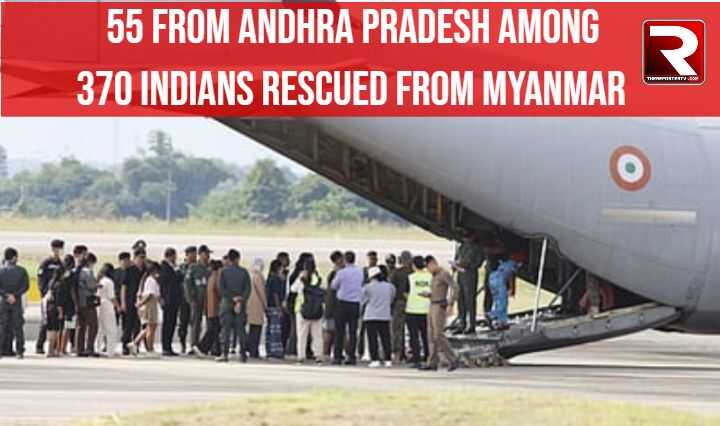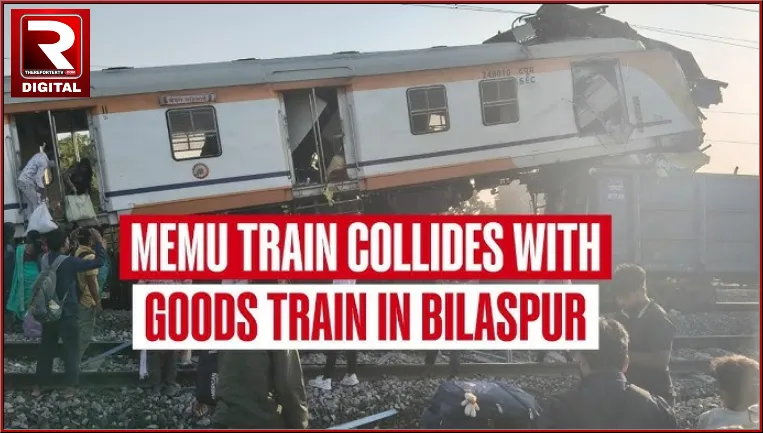Kathmandu —Forty-two glacial lakes across Nepal have been identified as being at high risk of bursting, raising fears of potentially catastrophic flooding, experts from the International Centre for Integrated Mountain Development (ICIMOD) said on Friday. The warning came during a discussion held in Khandbari, the headquarters of Sankhuwasabha district.
Glacial lakes — bodies of water formed from melting glaciers — are increasingly unstable as rising temperatures accelerate ice melt in the Himalayas. According to ICIMOD expert Sharad Prasad Joshi, a recent report titled Risks Arising From Rapid Changes in Nepal’s Glaciers and Glacial Lakes found that 42 of Nepal’s 2,069 glacial lakes are classified as “highly at risk.” All of these lakes are located in Koshi Province.
Tallopokhari Identified as Most Vulnerable
In Sankhuwasabha alone, four glacial lakes have been listed as high risk, including those in the Bhotkhola and Makalu regions. Among them, the Tallopokhari glacial lake in the lower Barun area stands out as the most dangerous.
The lake stretches roughly three kilometres and reaches a depth of around 206 metres, with surrounding depths ranging between 15 and 25 metres. A sudden breach, Joshi warned, could unleash a devastating glacial lake outburst flood (GLOF), threatening lives and infrastructure downstream in the Arun Valley.
Mitigation Efforts Underway
Joshi said ICIMOD is working with the Department of Hydrology and Meteorology and UNDP Nepal to develop risk-reduction measures targeting the four high-risk lakes in Sankhuwasabha. A large pond in the lower Barun area has also been included in the mitigation programme.
He added that 13 glacial lakes in Tibet, which drain toward Nepal, could pose additional threats to the province’s northern settlements.
Women, Children, and Elderly Most Vulnerable
ICIMOD expert Neera Shrestha Pradhan, speaking at the same event, highlighted that women, children and the elderly suffer disproportionately during natural disasters. She said ICIMOD is implementing awareness and capacity-building programmes to support these vulnerable groups and improve community preparedness.
As climate change accelerates glacial melt across the Himalayas, experts stress that urgent action, investment and local readiness are crucial to preventing large-scale disaster in Nepal’s mountain regions.











